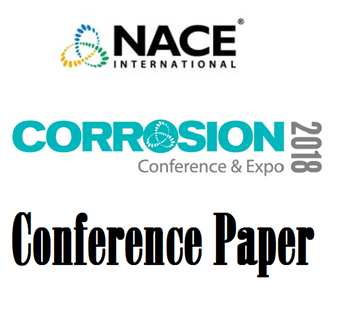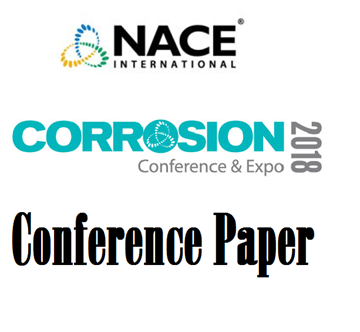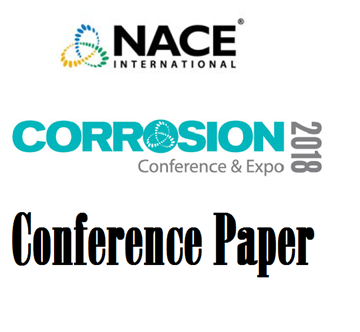Search
51318-10586-Mechanistic study of microbiologically influenced corrosion
Also Purchased
51318-10603-Looking Back and Understanding a Case History of AC Corrosion
Product Number:
51318-10603-SG
Publication Date:
2018
$20.00
51318-10567-Investigation of the impact of an enhanced oil recovery polymer on microbial growth and MIC
Product Number:
51318-10567-SG
Publication Date:
2018
$20.00
51318-10544-Cathodic Protection, Coatings that Shield Cathodic Protection, Stress Corrosion Cracking and Corrosion Assessment in Aging Coated Pipe Lines and Buried Utility Structures
Product Number:
51318-10544-SG
Publication Date:
2018
$20.00




